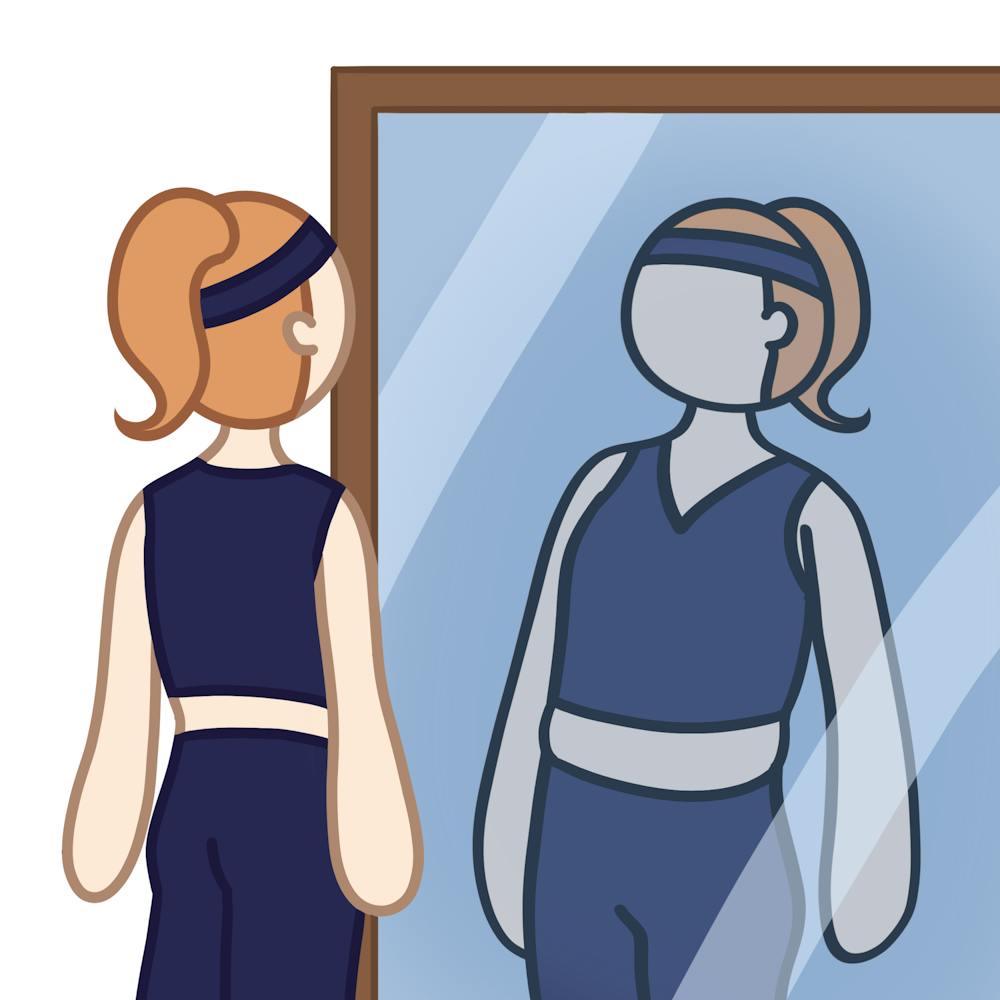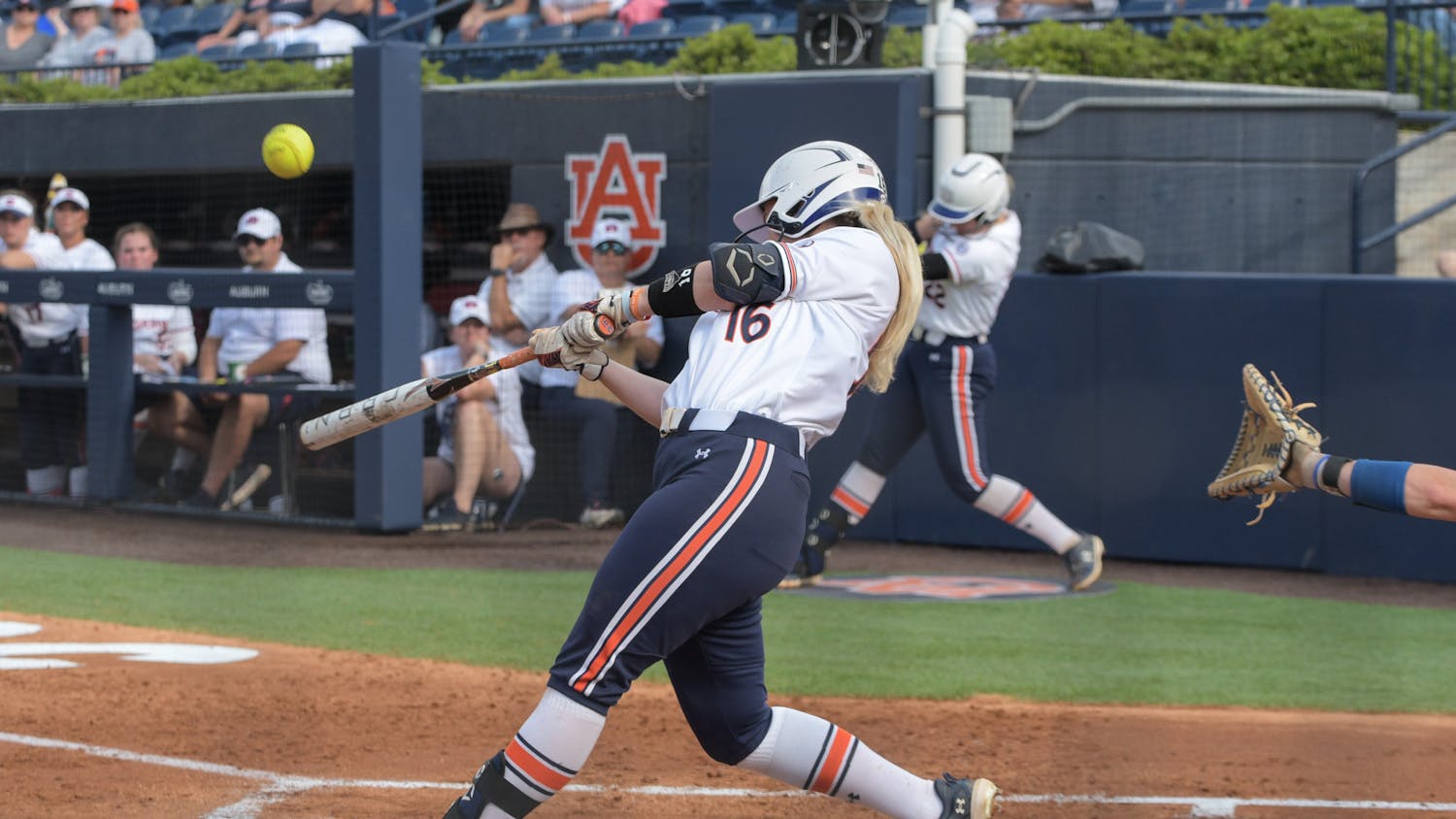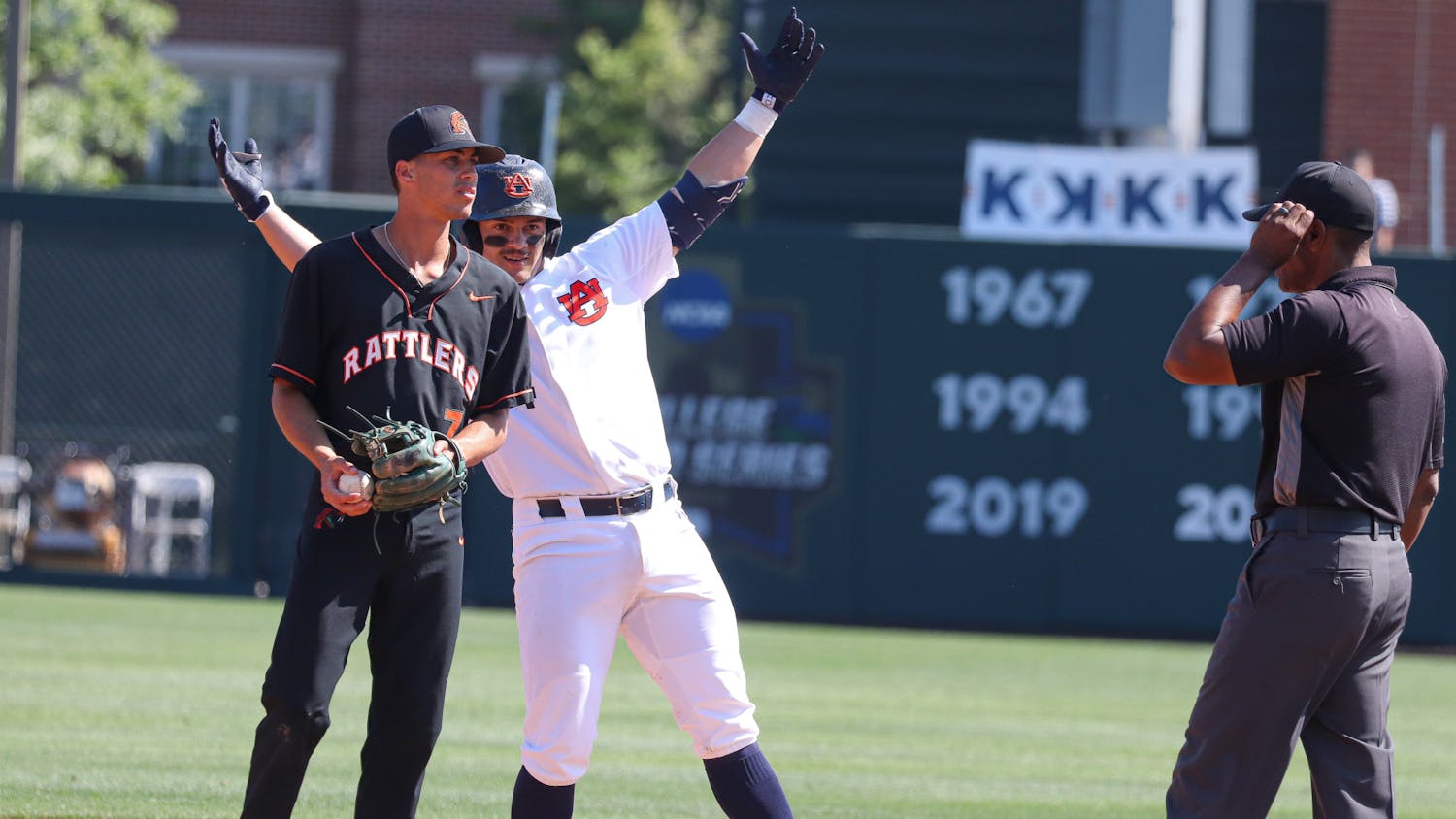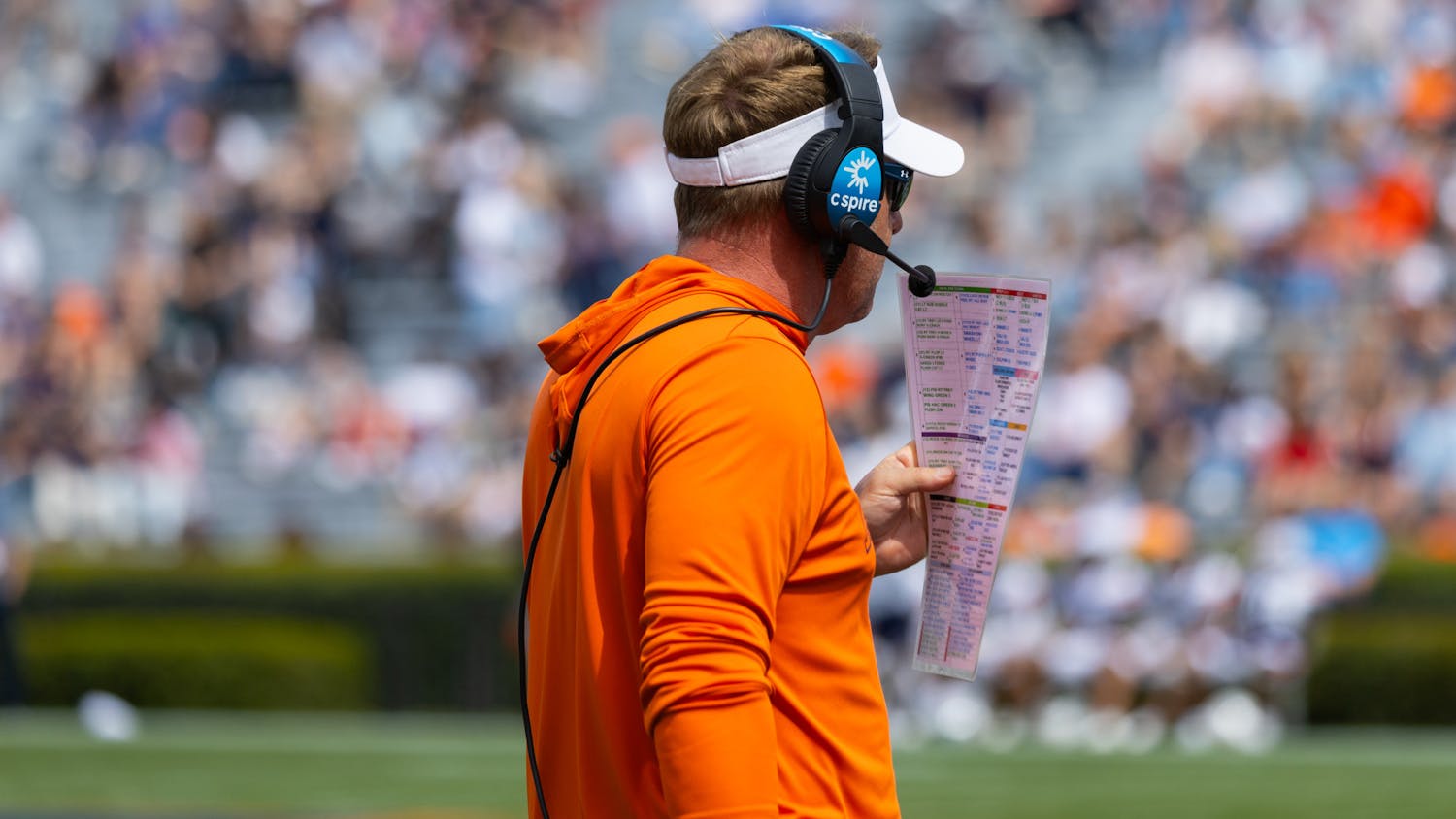Body image issues are common among athletes and can be a huge problem in their life.
“While there are some differences, at the root, they are the same to meet societal standards for both male and female athletes,” said Auburn goalkeeper Maddie Prohaska. “I think male athletes struggle just as much as female athletes, but it’s not talked about as much and is kind of passed off as being strong and tough.”
Many of these prospective athletes have been physically evaluated since they were 14 or 15.
Adolescence is a high vulnerability, high-risk time for athletes and non-athletes. The first two questions prospective athletes are asked are “How tall are you?” and “How much do you weigh?”
Therefore, these young athletes can spend most of their high school and college careers worried about gaining extra muscle or adding another inch.
“For men, a lot of the time athletic ideals are the cultural ideal, and for men who aren’t athletes are also trying to achieve what may be unrealistic for people who aren’t spending hours a day working on a physique,” said Dr. Tiffany Brown.
For example, Ryan Lochte and Michael Phelps are both high-performance male athletes but are built differently.
In their prime, Phelps was 6-foot-4 and 195 pounds on a lanky frame, while Lochte was 6-foot-2 and 195 pounds with a muscular build.
These Americans are infamous for their success in the pool on the world stage, so their differing body types don’t make either any less of an athlete.
Many young male athletes compare themselves to men on the cover of fitness magazines who appear to be physically strong when that’s not always the case.
“I think bodybuilding and men’s fitness magazines a lot of the time show men that look physically strong, but they’re actually physically at their weakest,” Brown said.
Men on the covers of magazines will dehydrate and deplete their bodies of carbs to make their muscles appear more defined.
Chris Hemsworth has admitted to “drying out” before shirtless scenes in movies, especially in Thor: Ragnarok. These idealized photos in the media can be harmful to young athletes.
“With social media, you have to remember that not everything is true. Not everything is as it seems,” said Auburn midfielder Anna Haddock. “Everyone is different, and your body does not by any means define you and the person or the athlete that you are.”
College is another high-risk time for young athletes because they are in a differenttenvironment and structure with academics added.
“Coaches, social media, peer influences, family influences all can have an effect on how we view our bodies and how we treat our bodies,” Brown said.
Different sports are at a higher risk of body image issues.
Sports like gymnastics, swimming and diving are sports where athletes are more on display when compared to soccer and football.
“Their bodies are out there a little bit more, and I think that puts those girls in a much harder position when there are some that look conventionally attractive,” Haddock said.
It is essential to have body diversity in all sports for women and men. Health looks different for every body type.
Ilona Maher, an American Rugby player, has become a prominent figure for body positivity and is breaking the romanticized female athlete body on TikTok and Instagram.
“This is the body of an Olympian,” Maher said in a video. “It’s not perfect. It’s not completely lean, it’s not completely toned, but this body is amazing, and it does amazing things for me.”
According to a study conducted by ESPNW, 68% of female student-athletes stated that they felt pressured to be pretty, and 30% said they felt they were too muscular.
“I do think that there is a big issue where a lot of women don’t feel comfortable in their sport and what they have to wear. Social media doesn’t help that at all,” Haddock said. “Because we see certain athletes who are perfectly lean, have no fat on their body. It is important for us to remember that everyone has a different story and a different body, and your body does different things in different ways.”
In 2016, the NCAA created the Bodies-in-Motion project to promote a sports culture that embraces a positive body image, specifically for women.
This program aims to provide an “ever-expanding social media network that allows athletes to support each other and foster a culture of body acceptance.”
“What you need to perform at your best isn’t always what the status quo is going to be,” Prohaska said.
Insecurities about the body are common, regardless of gender, age or race. In recent years, people have started to break down stigma with studies and programs aimed at creating an inclusive community.
Several celebrities and athletes have spoken up on social media to help people feel more comfortable in their bodies.
Do you like this story? The Plainsman doesn't accept money from tuition or student fees, and we don't charge a subscription fee. But you can donate to support The Plainsman.
Caitlyn Griffin is a sophomore from Huntsville, Alabama, majoring in journalism. She started with The Plainsman in fall 2022.
Twitter: @caitlyngrif99




